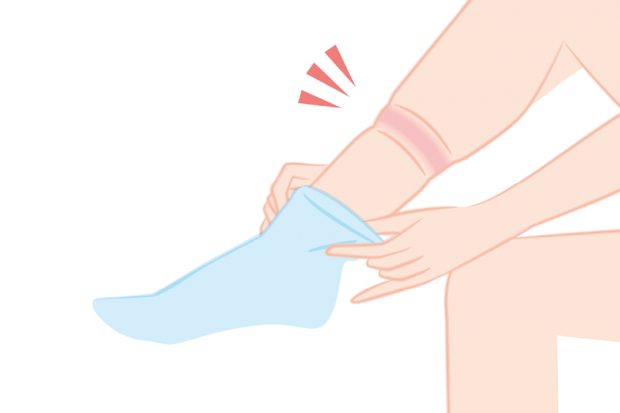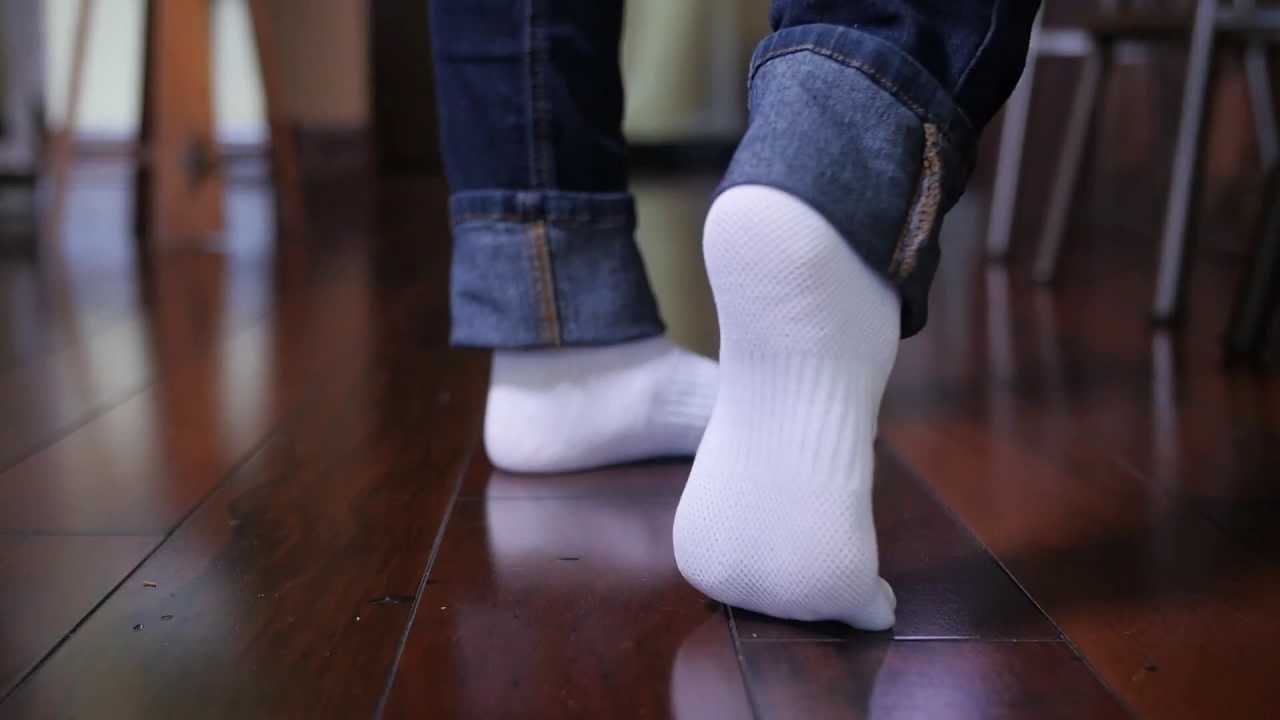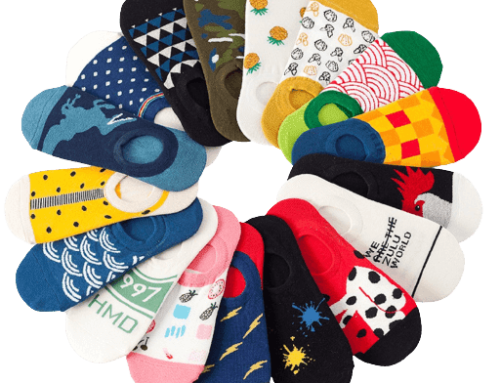Wearing socks is a daily habit for many of us. We put them on in the morning and take them off at night, without giving much thought to what they might be doing to our feet. But have you ever noticed sock marks on your skin after taking your socks off?
If so, you might be wondering whether they’re a cause for concern. In this article, we’ll explore when you should be worried about sock marks and what they might be indicating about your health.
What are sock marks?
Before we dive into the potential health implications of sock marks, let’s define what they are. Sock marks are indentations on the skin that are left behind after you remove tight-fitting socks. They’re often visible around the ankle or calf area, but can occur on other parts of the foot as well.
Sock marks can range from mild indentations that disappear within a few minutes to deeper grooves that take longer to fade.
When are sock marks normal?
Not all sock marks are cause for concern. In fact, mild indentations on the skin are a common occurrence when wearing tight-fitting socks. This is because socks apply pressure to the skin, which can temporarily compress blood vessels and lymphatic vessels in the affected area.
In most cases, sock marks disappear within a few minutes to an hour after removing your socks. If your sock marks are mild and disappear quickly, there’s likely nothing to worry about.
When should I be worried about sock marks?
While most sock marks are harmless, there are some cases where they may indicate an underlying health issue. Here are some signs that you should be worried about your sock marks:
- Sock marks that are deep and take a long time to disappear (several hours or more).
- Sock marks that are painful or itchy.
- Sock marks that are accompanied by swelling in the affected area.
- Sock marks that appear suddenly and without explanation.
- Sock marks that are recurring, even after changing your socks or footwear.
- Sock marks that are accompanied by other symptoms, such as discoloration, numbness, or tingling in the affected area.
- Sock marks that appear on one foot but not the other.
If you notice any of these signs, it’s important to speak with a healthcare professional to determine the cause of your sock marks.
What health issues can cause sock marks?
There are several health issues that can cause sock marks to appear. Here are a few possibilities:
Poor circulation: If you have poor circulation, your blood vessels may struggle to pump blood efficiently through your body. This can lead to sock marks that are deeper and take longer to disappear.
Edema: Edema is a condition where excess fluid accumulates in the body’s tissues, causing swelling. Sock marks that are accompanied by swelling may be a sign of edema.
Allergic reaction: If you’re allergic to the material in your socks, it can cause an allergic reaction that leads to sock marks and other symptoms.
Lymphedema: Lymphedema is a condition where the lymphatic system doesn’t function properly, leading to swelling and fluid retention in the affected area. Sock marks that are accompanied by swelling may be a sign of lymphedema.
Blood clots: Blood clots can cause sock marks and other symptoms, such as pain, swelling, and discoloration. If you suspect you have a blood clot, seek medical attention immediately.
How can I prevent sock marks?
Now that we’ve covered the potential health issues that sock marks can indicate, let’s talk about how to prevent them. Here are a few tips to help you avoid sock marks:
Choose the right socks: Opt for socks that fit properly and aren’t too tight. Look for socks that have a bit of stretch and are made from breathable materials like cotton or bamboo.
Take breaks: If you’re wearing tight-fitting socks for an extended period, take breaks to allow your feet to breathe and prevent sock marks from forming.
Stay hydrated: Drinking plenty of water can help improve your circulation and prevent swelling that can lead to sock marks.
Exercise regularly: Regular exercise can help improve your circulation and prevent fluid retention that can lead to sock marks.
Elevate your feet: If you’re experiencing swelling in your feet or legs, try elevating them to reduce fluid retention and prevent sock marks.
In summary, sock marks are a common occurrence when wearing tight-fitting socks. In most cases, they’re nothing to worry about and disappear quickly after removing your socks.
However, if your sock marks are deep, painful, or accompanied by other symptoms, it’s important to seek medical attention to determine the underlying cause. By taking steps to prevent sock marks and being aware of potential health issues, you can keep your feet healthy and happy.
Also read more:
What are grippy socks used for?





